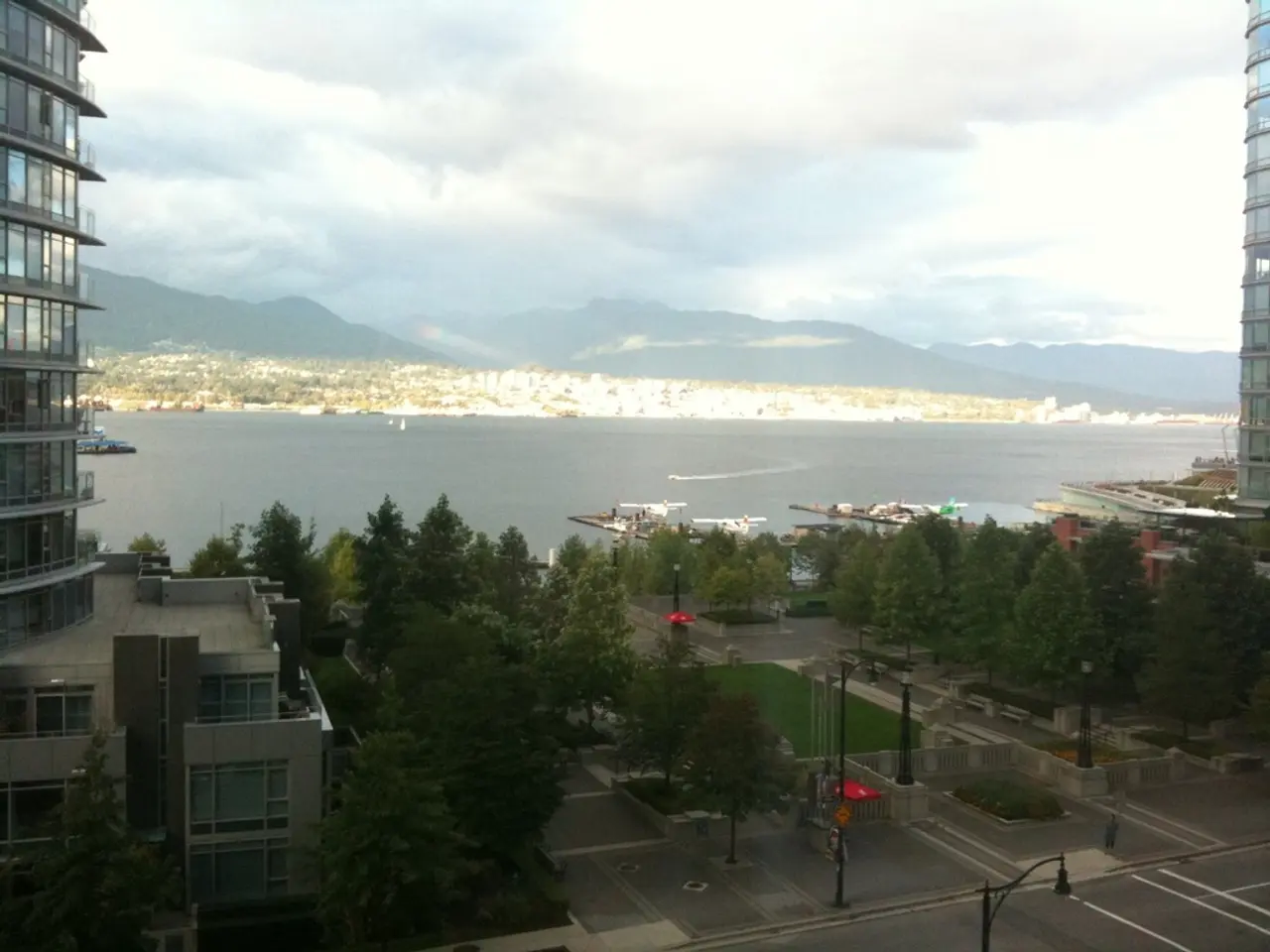Southeast Asia's Watersports Haven: The Rise of Mui Ne, Vietnam
A Guardian Deity of the Sea: The Whale God of Mui Ne, Vietnam
In the fishing village of Mui Ne, Vietnam, a unique deity holds a special place in the hearts of the local community – the whale god. This divine figure symbolizes protection and prosperity for fishermen, and is central to the spiritual and cultural life of the village.
The Van Thuy Tu Temple, located in nearby Phan Thiet, is home to the largest whale skeleton in Southeast Asia. Known as Ong Nam Hai, this sacred figure is revered as a bringer of peace and bountiful harvests from the sea. The temple, built in 1762, houses the fin whale skeleton, which is over 65 feet long, making it a truly awe-inspiring sight.
The whale god is believed to protect fisherfolk, particularly during storms. This belief is rooted in the local folklore, which suggests that the whales that frequent the coastline are the guardian angels of the fishermen. The annual Nghinh Ong Festival, held every June, is a vibrant celebration that pays homage to the whale god, praying for safety and good catches.
The outdoor courtyard and interior of the Van Thuy Tu temple feature wooden models of fishing boats, reflecting the deep connection between the community and the sea. A mosaic in the temple depicts a whale rescuing a fishing boat from a whirlpool, further emphasizing the whale god's role as a protector.
Mui Ne, known for its soft white- and red-sand dunes and the golden beach, is also famous for its strong winds, making it a popular destination for watersports. However, according to kitesurfing instructor Nguyen Tan Hung, the whale god is believed to have a preference for fisherfolk over kitesurfers, as he is said to calm the wind to favor the former.
The whale god's significance extends beyond the fishing community. Mui Ne has grown significantly in recent years, with many luxurious resorts and activity clubs. Yet, the whale god remains a constant reminder of the village's humble beginnings and its deep-rooted connection with the sea.
In 1995, Mui Ne saw a significant change when thousands of people came to witness a total solar eclipse. Today, the village continues to attract visitors, not just for its natural beauty and watersports, but also for its unique cultural heritage and the awe-inspiring whale god of the Van Thuy Tu Temple.
References: 1. Vietnam’s Whale Temple 2. The Whale God of Mui Ne 3. The Whale Temple of Mui Ne
The villagers of Mui Ne admire the whale god as a symbol of tranquility, as they believe it calms the winds, particularly for fisherfolk, during their daily endeavors in the sea. The town's lifestyle and home-and-garden are deeply intertwined with the sea, as seen in the annual Nghinh Ong Festival and the designs within the Van Thuy Tu Temple. Furthermore, Mui Ne's tourist attractions, such as watersports, serve as testaments to the sport-loving community, while the presence of the whale god underlines Mui Ne's respect and reverence for its ancient roots.





